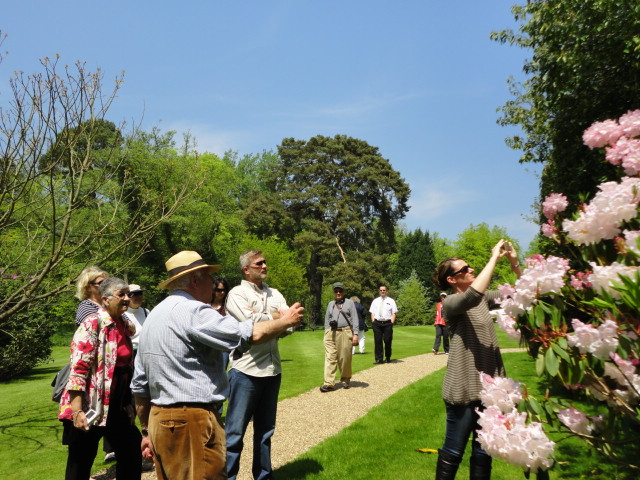Vaux-le-Vicomte
In 1641 Nicolas Fouquet (1615-1680), then a young member of the Paris parliament, bought this property near Melun consisting of a few fields and an old castle. Appointed Attorney General to the parliament, Fouquet became Financial Secretary and, later, Lord High Treasurer in the government run by Cardinal Mazarin. He decided in 1656 to build a house worthy of his rank, fortune and functions at Vaux-le-Vicomte.
A brilliant and friendly patron of artists such as the poet La Fontaine, dramatist Moliere and Mme de Sevigne, he skilfully commissioned three talented young men to work on his construction project. Begun in 1656, everything was completed five years later, in 1661.
On August 17th 1661, Fouquet received the ‘Sun King’ Louis XIV and his court at Vaux during a famous feast. Three weeks later the King ordered d’Artagnan, the captain of his musketeers, to arrest Fouquet. Accused of financial malpractice, partly falsified by his enemy Colbert, Fouquet was condemned to banishment by the Paris Parliament. Infuriated by this legal verdict, Louis XIV condemned him to a life-sentence in the citadel of Pignerol, where Fouquet died in 1680.
Vaux is one of the most beautiful gardens in the world, a perfect example of the art of French formal garden design, created on land patiently collected by its owner from the age of 25. To achieve this project he combined an intelligent interest in art, both knowledgeable and imaginative and a team of first class artists: the architect Louis le Vaux, the painter-decorator Charles le Brun and the landscape gardener André Le Nôtre.
Fouquet and Le Nôtre envisaged a ‘single composition’ embracing the chateau and landscape; a complete composition of a house of beautiful architecture, running waters, enchanting groves and grottos and broderies of box, reminiscent of an oriental carpet. Vaux is all these; elegant architecture and statuary link with the symmetry of the garden design. If no other garden of the period were to survive, Vaux alone would be sufficient to explain the principles of gardening of this grand and elegant age.
This was the first masterpiece of Le Nôtre whose skillful and harmonious architecture, centred on the château, diffuses a real feeling of splendour. Sumptuous views with bordered flowerbeds, terraces and reflecting pools and canal, vases and statues, make up the symmetry on both sides. A magnificent flight of steps leads to the Grand Canal and to the grottos. Beyond, a green carpet extends the view, blocked by the enormous copy of an ancient Roman statue known as the Farnese Hercules, cast in gilt lead in 1891.
This was the starting point for Le Nôtre which led to Versailles and the inspiration for future gardens all over Europe, and indeed the world.

 Passionate about beautiful gardens? Experience the finest gardens on one of our small and friendly group tours.
Passionate about beautiful gardens? Experience the finest gardens on one of our small and friendly group tours.
 Ready to book?
Ready to book? 
